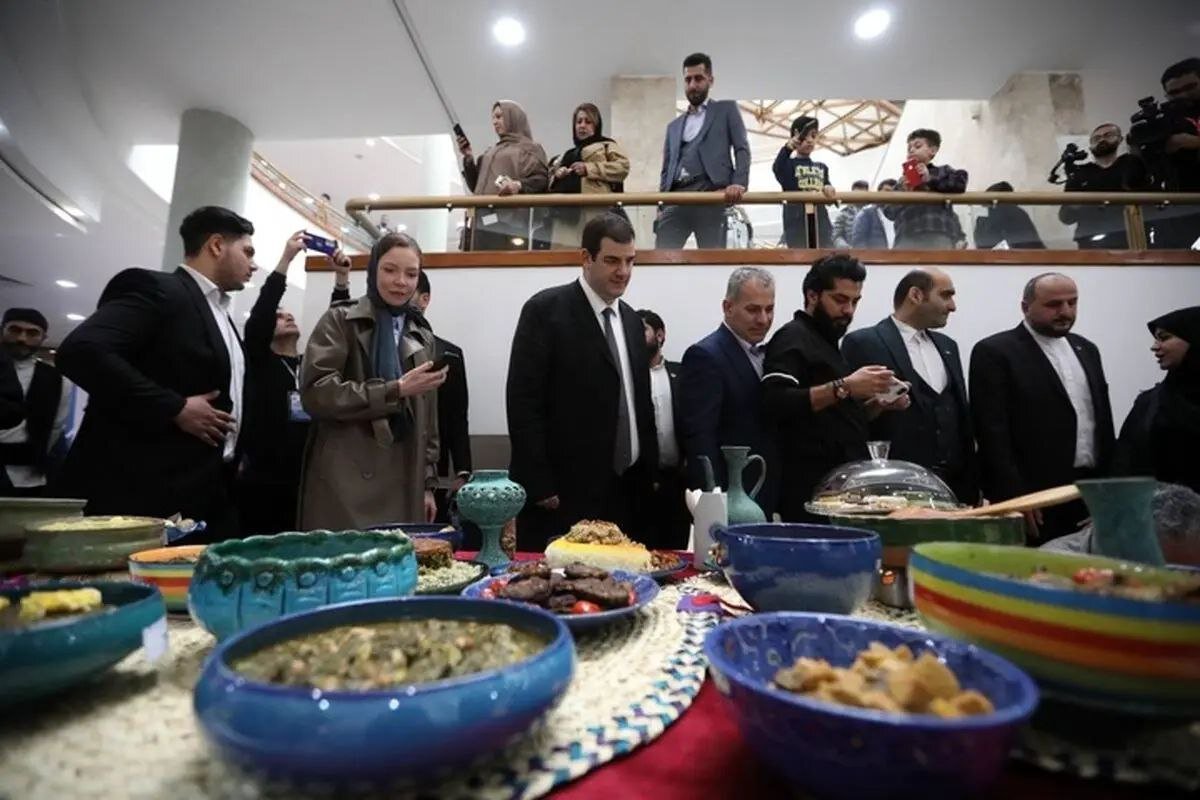TEHRAN – On Thursday, the third edition of Iran’s grand culinary festival was held in Rasht, the capital of Gilan province with the presence of several foreign envoys and diplomats.
The festival commenced at Rasht’s central hall, welcoming the ambassador of Kazakhstan, Turkey’s cultural attaché, among other attendees including the head of the Cultural Heritage, Tourism, and Handicrafts Research Institute, the director-general of Cultural Heritage, Tourism, and Handicrafts in Gilan.
The grand food festival showcased over 200 almost-forgotten local dishes, aiming to revive and reintroduce them to the public eye, ILNA reported.
Ten international judges were meticulously evaluating the diverse range of dishes presented at this monumental food festival, the report said.
A section of the festival was dedicated to children, offering them the chance to familiarize themselves with traditional foods.
Iran, a land steeped in history, art, and culture, beckons travelers with not just its awe-inspiring landmarks but also a culinary journey that’s as diverse as the landscapes that adorn this ancient land. Among the many treasures Iran offers to visitors, its local foods and dishes stand tall as a testament to the nation’s culinary heritage.
From Tehran’s bustling streets to the remote villages nestled in the Zagros Mountains, Iran’s cuisine paints a vivid picture of its cultural mosaic. Despite the influx of global culinary influences, Iran’s culinary heritage remains deeply rooted in tradition.
In 2020, the Islamic Republic joined an online campaign launched by the UNWTO to promote gastronomy as an essential part of tourism. Iranian cuisine, usually dominated by fragrant herbs, varies from region to region. It principally accentuates freshness, deliciousness, and colorfulness.
No Persian meal is complete without an abundance of herbs. Every table is usually set with sabzi-khordan, a basket of fresh herbs, radishes, and scallions, which are eaten raw and by the handful. Persian cuisine is, above all, about balance — of tastes and flavors, textures and temperatures.
Experts believe that food tourism has become one of the most dynamic and creative segments of tourism and, at the same time, has naturally positioned itself as an element of diversification of tourism with a high impact on the promotion of sustainable development at the regional and local levels.
Iran’s local foods and dishes stand not just as a delight for the taste buds but also as a gateway to understanding its rich history, diverse culture, and the warmth of its people. Exploring Iran’s culinary tapestry isn’t merely a gustatory experience; it’s an immersive journey that connects travelers to the soul of this ancient land.
In a world where borders blur and cultures intermingle, Iran’s culinary heritage remains a distinct and cherished treasure—an invitation to savor the flavors that have stood the test of time.


No comments:
Post a Comment